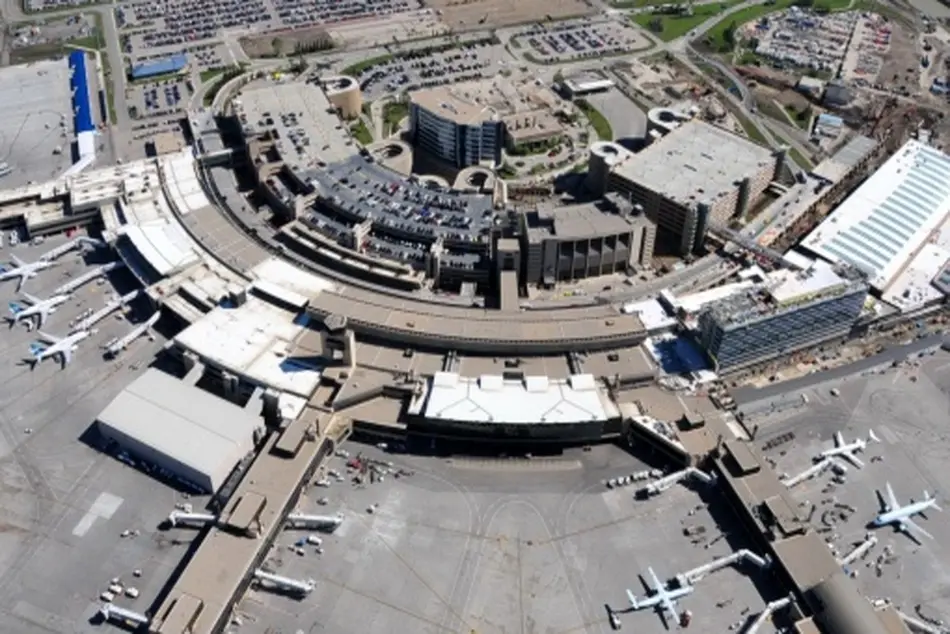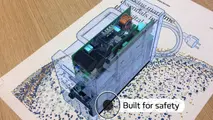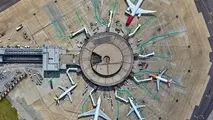Gatwick Airport adopts augmented reality for passenger navigation

Gatwick Airport has unveiled a new indoor navigation system that is based on augmented reality in two terminals, as part of its £2.5bn transformation programme.
The technology, which involved the installation of 2,000 beacons, intends to enable passengers to find their way around the airport and avoid missing flights.
According to Gatwick, the new beacon-based positioning system is more reliable than road-based navigation systems, such as Google or Apple maps, that are dependent on satellite signals.
In addition, the system's augmented reality wayfinding tool will guide passengers to easily locate airport facilities such as check-in areas, departure gates, and baggage belts.
Gatwick is currently integrating the technology into some of its apps and has started negotiations with airline operators to ensure the wayfinding tools are included in their app services.
Gatwick Airport IT commercial and innovation head Abhi Chacko said: “By providing the infrastructure we’re opening the door for a wide range of tech-savvy airport providers, including our airlines and retailers, to launch new real-time services that can help passengers find their way around the airport, avoid missing flights or receive timely offers that might save them money.”
Despite reporting that no personal data will be collected, the airport indicated that generic information on people densities in different beacon zones will streamline passenger flows and reducing congestion.
Airlines have the option to take it further by sending reminders on their apps to passengers running late.
Battery-powered beacons helped reduce logistical complexity and costs, with deployment completed within three weeks, followed by two months of testing and calibration before being made available for public use.
The end-to-end indoor blue dot service is managed by PointrLabs.



